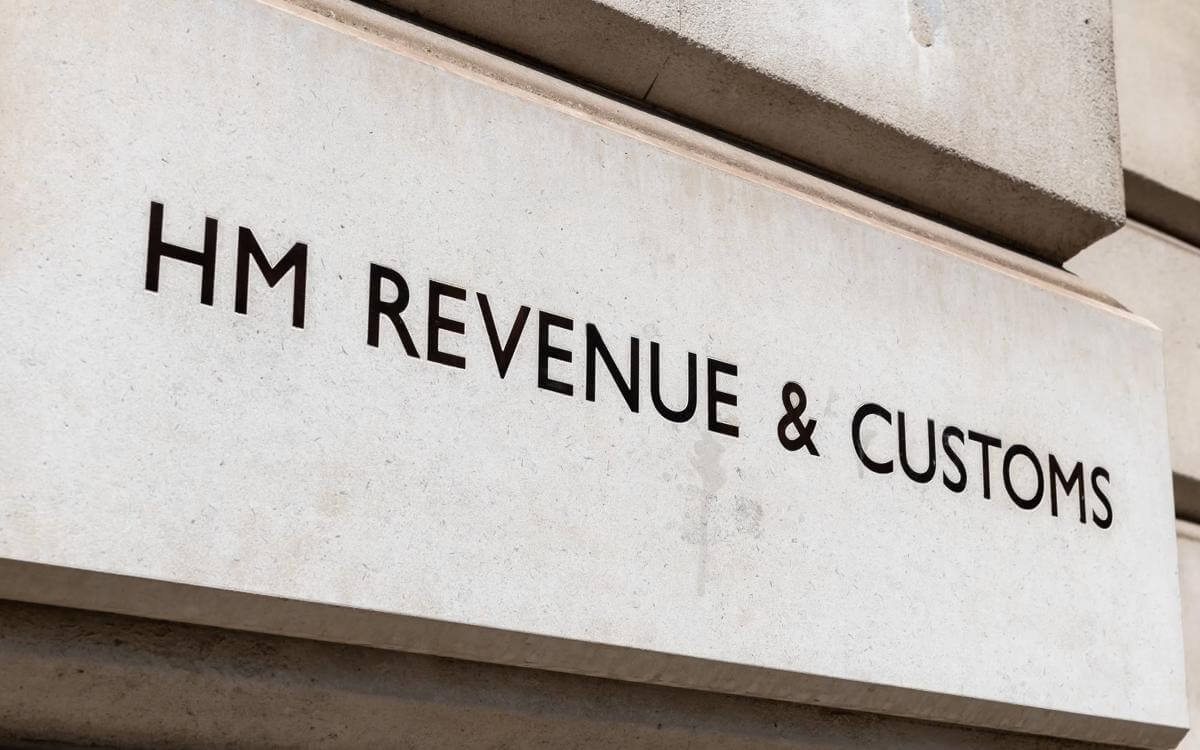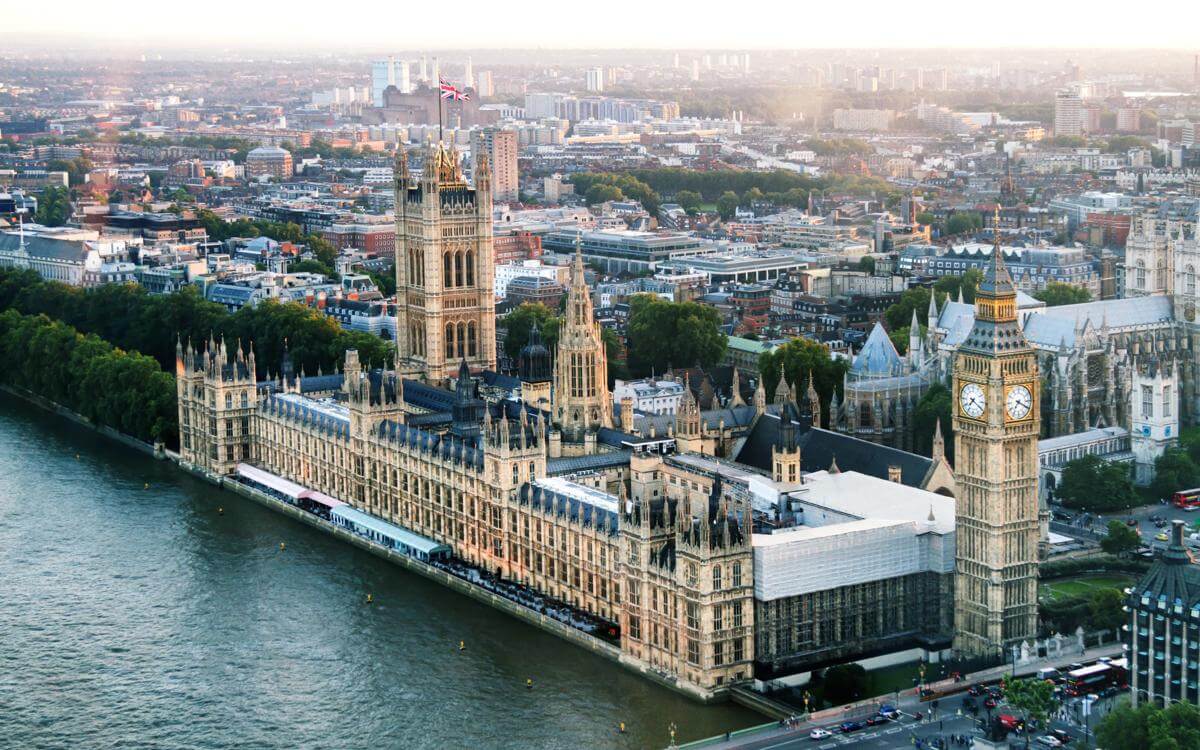Employment and Workforce Survey 2021: Gender and Race Equality – Future Changes Ahead?
The issue of equality has remained high on the agenda during the pandemic. The #MeToo and Black Lives Matter movements have increased awareness of gender and race equality issues across all of society. Our survey indicated there was still a significant number who were making changes either for gender or race or both.
The issue of equality has remained high on the agenda during the pandemic, with various reports highlighting the disparate impact not only of the health consequences of coronavirus on particular groups of individuals with various protected characteristics, but also the workforce implications for particular groups – such as the higher proportion of women than men furloughed, the greater impact on employment levels for both younger people aged 16 to 24, and those aged over 65, and the higher unemployment rates for workers from minority ethnic groups.
The #MeToo and Black Lives Matter movements have increased awareness of gender and race equality issues across all of society, including prompting many employers to revisit equality and diversity issues within their organisations. Although our survey indicated that the majority of responders (65%) had no plans to introduce new policies or initiatives relating to race or gender within their workplace, there were still a significant number who were making changes either for gender or race or both – such as initiatives in respect of the menopause, collating ethnicity data, and raising awareness of equality and diversity issues more generally across the whole spectrum of the workplace.
There are also likely to be changes ahead which may require employers to take additional steps to ensure that their policies, initiative and overall culture meet the greater focus on equality and diversity within the workplace:
Workers’ Watchdog
In June 2021, the Government announced the intended creation of a single enforcement body, referred to as the workers’ watchdog. Its remit will include responsibility for tackling modern slavery, enforcing the minimum wage and protecting agency workers.
The watchdog will seek to build strong links with community and worker groups to spread awareness and support engagement with at-risk groups, including the low-paid and those in sectors like construction and agriculture which it is said could be at higher risk of abuse.
Primary legislation is proposed to establish this body – whilst this was included as part of the Government’s proposed Employment Bill mentioned at the Queen’s speech in 2019, the Employment Bill was not then mentioned at the Queen’s Speech in 2021. Although the Employment Bill appears to still be part of the Government’s intentions, there are no current timescales set down for this.
Further information in respect of this proposal can be found here.
Sexual Harassment
In July 2021, the Government published its response to a consultation on Sexual Harassment in the Workplace, indicating that a number of changes will be introduced “when parliamentary time allows”. These changes include the introduction of a new duty obliging employers to take all reasonable steps to prevent harassment and the reintroduction of provisions to counter third-party harassment.
There may also be a review of the current time-limits which apply to discrimination claims under the Equality Act 2010. The consultation considered increasing the standard time limit from three months (subject to any applicable ACAS-conciliation extension), with an increase to six months being favoured. However, the current strains on the employment tribunal system mean that there is a reluctance for this to be introduced until some of the backlog is cleared, given that an increase in time limits could lead to a corresponding increase the number of claims being issued.
Further information in respect of these proposed changes can be found here.
Non-disclosure Agreements
Back in 2019, the Government indicated its intention to introduce new legislation to prevent the misuse of confidentiality or non-disclosure agreements when dealing with the settlement of harassment or discrimination claims in the workplace. Whilst this was initially prompted by 2018 recommendations in respect of sexual harassment in the workplace, the intention now appears to be to make changes which will cover all forms of harassment and discrimination.
Legislation is still awaited in respect of the same and it is understood that this will form part of the Employment Bill, when this is taken forward (see above).
Menopause
In July 2021, an inquiry was opened to consider the impact of the menopause in the workplace. A 2019 survey carried out by BUPA and the CIPD found that three in five menopausal women were negatively affected at work, and that almost 900,000 women in the UK had left their jobs because of menopausal symptoms.
Whilst discrimination relating to the menopause may currently amount to age, sex and/or disability discrimination, the inquiry has not ruled out a recommendation for the creation of a standalone protected characteristic for the menopause.
Further information about potential claims relating to the menopause and steps that can be taken to reduce the risk of discrimination can be found here.
The Violence and Harassment Convention No. 190
On 15 November, the Government proposed that the UK should ratify a Convention of the International Labour Organisation, the Violence and Harassment Convention No.190 (or “C190” for short). C190 sets out a framework on how violence and harassment can be addressed and prevented in the workplace and stresses the importance to promote a general environment of zero tolerance to violence and harassment.
Ratifying C190 would mean additional obligations for employers to prevent and address harassment and violence in the world of work. More information on what may be required can be found here.
Ethnicity Pay Reporting
Back in October 2018, a consultation was launched looking at ethnicity pay gap reporting. Although this was closed in January 2019, there has not yet been a government response published, nor any announcements made about mandating the reporting of ethnicity pay data. Some employers choose to do this voluntarily, although the lack of any formal requirements means that the methodologies used can differ making comparison hard to carry out.
There have been mixed calls regarding ethnicity pay reporting in 2021 – with the Commission on Race and Ethnic Disparities maintaining in March that it should continue to remain voluntary (largely due to the statistical challenges involved) and the Trades Union Congress, the Confederation of British Industry and the Equality and Human Rights Commission issuing a joint statement in June calling for it to be mandatory.
A petition calling for mandatory ethnicity pay reporting which reached over 130,000 signatures resulted in a debate in the House of Commons in September 2021. A further debate took place in the House of Lords in October. It remains to be seen whether mandatory reporting will be taken forward; even if it is not, larger employers may nevertheless face pressures (from employees or third parties) to report this data voluntarily to increase transparency in respect of equality and diversity initiatives.
Gender Pay Reporting
Under Regulation 16 of the Equality Act 2010 (Gender Pay Gap Information) Regulations 2017 (the “Regulations”), by April 2022, the Secretary of State must review the Regulations. A report must be prepared which sets out the conclusions of the review, including what the objectives of the Regulations were intended to be, the extent to which those objectives have been achieved, and whether the objectives remain appropriate and, if so, the extent to which they could be achieved with less regulation.
Depending upon the outcome of this review, changes may well be made either to reduce the reporting requirements (although this would seem unlikely) or potentially to add in financial penalties for failures to comply. Accurate assessment of the impact of the Regulations is likely, however, to be affected by the pandemic both in respect of furloughed staff and the challenges in data collection.
Modern Slavery
Victims of modern slavery can be men, women and children of any age across the world. However, there is also a gendered aspect to modern slavery worldwide – with an ILO report from 2017 indicating that 71% of modern slavery victims were women and girls.
In September 2020, the Government published its response to its consultation on transparency in supply chains. Details of the main proposals made can be found here although legislation to bring these into effect is still awaited.
In March 2021, the central registry mentioned in the proposals above was set up for statements prepared in accordance with section 54 of the Modern Slavery Act 2015. Uploading information to the Home Office registry remains voluntary at this point rather than compulsory – although, as above, legislation is intended to be introduced to make this mandatory. Further information can be found here.
Addressing Inequality
Whilst attempts to increase diversity and inclusion are clearly laudable aims, they are not always easy to implement in practice. For example, the 2019 published decision in the case of Furlong v The Chief Constable of Cheshire Police demonstrates the difficulties in applying positive action measures to increase representation. In this case, the Claimant, described as a “white, heterosexual male without a disability”, succeeded in his claims of discrimination on the grounds of sex, race and sexual orientation. Positive action can only be used in recruitment cases where candidates are as qualified as each other. The Employment Tribunal however, found that as a result of the recruitment process adopted, it “would be a fallacy” to describe the individuals as equal or deemed equal simply by virtue of the fact that they had “passed” the interview stage of the process.
In a more recent decision published last year, in the case of Bayfield and another v Wunderman Thompson (UK) Limited and others, the Employment Tribunal was asked to decide claims of sex, race, age and sexual orientation discrimination (as well as unfair dismissal and whistleblowing claims) brought by two white, heterosexual males in their early 50s. In April 2018, the company’s first Gender Pay Gap Report was published, showing a mean gender pay gap of 38.8% and a median gender pay gap of 44.7%. This was described as “very disappointing” and a number of initiatives were identified to address these numbers, all accepted by the Employment Tribunal to be “reasonable and proper steps to take”. In May 2018, a presentation took place titled “Crisis: The Mother of All Change”. During this presentation, the words:
“WHITE, BRITISH, PRIVILEGED, STRAIGHT, MEN CREATING TRADITIONAL ABOVE THE LINE ADVERTISING”
were struck through, with commentary that the company’s reputation as being full of “White, British, Privileged… etc…” had to be “obliterated”.
Both Claimants subsequently raised concerns in respect of this. Both were later made redundant by the company. The Employment Tribunal held that they were dismissed because of the complaints made and that the redundancy exercise subsequently carried out by the company had been “retrofitted” to support the earlier decision to dismiss. The Employment Tribunal also found that the dismissal was discriminatory on the grounds of sex – a female employee in comparable circumstances would not have been dismissed because she would have been exactly the type of employee who would have improved the gender pay figures; this was supported by the company’s decision to remove one of the members of the creative team initially placed in the redundancy pool simply because she was a woman. The claims of discrimination on the grounds of age, race and sexual orientation were not upheld.
The company has indicated its intention to appeal this decision but the status of any such appeal is unclear.
Neither of the above cases should be taken as any suggestion that steps to improve equality and diversity should not be taken – rather that care is needed to ensure that initiatives achieve what they set out to do without unfairly prejudicing other protected people.
Gender Identity
We’ve also seen tensions arise in 2021 between gender beliefs and gender identity. In Forstater v CGD Europe and others, the Employment Appeal Tribunal was asked to consider whether gender critical beliefs fall within the scope of philosophical beliefs, finding that they did (see here for more information about this case).
Perhaps mindful of the social media commentary and polarising positions taken, the EAT took the rather unusual step of including in its decision a summary of what its decision did not mean:
- “This judgment does not mean that the EAT has expressed any view on the merits of either side of the transgender debate and nothing in it should be regarded as so doing.
- This judgment does not mean that those with gender-critical beliefs can ‘misgender’ trans persons with impunity. The Claimant, like everyone else, will continue to be subject to the prohibitions on discrimination and harassment that apply to everyone else. Whether or not conduct in a given situation does amount to harassment or discrimination within the meaning of EqA will be for a tribunal to determine in a given case.
- This judgment does not mean that trans persons do not have the protections against discrimination and harassment conferred by the EqA. They do. Although the protected characteristic of gender reassignment under s.7, EqA would be likely to apply only to a proportion of trans persons, there are other protected characteristics that could potentially be relied upon in the face of such conduct.
- This judgment does not mean that employers and service providers will not be able to provide a safe environment for trans persons. Employers would continue to be liable (subject to any defence under s.109(4), EqA) for acts of harassment and discrimination against trans persons committed in the course of employment.”
The case of Taylor v Jaguar Land Rover Limited, is an example of gender identity issues arising in the workplace. In this case, the Employment Tribunal (albeit that its judgment is non-binding), decided that the gender reassignment provisions in the Equality Act 2010 apply to those who identify as non-binary, transitioning or gender fluid; the gender reassignment provisions related to “a spectrum moving away from birth sex, and that a person could be at any point along that spectrum”. This case is also a reminder of the costs of getting it wrong – with the Claimant awarded £180,000 in compensation at the end of 2020, and 25 % of her legal costs in 2021. A legal agreement with the Equality and Human Rights Commission was also entered into by the employer in 2021 to improve its policies and practices in relation to equality and diversity.
If you would like discuss the impact of any of the issues raised above on your organisation, please feel free to contact Raymond Silverstein.
Contact

Raymond Silverstein
Partner
raymond.silverstein@brownejacobson.com
+44 (0)207 337 1021







































